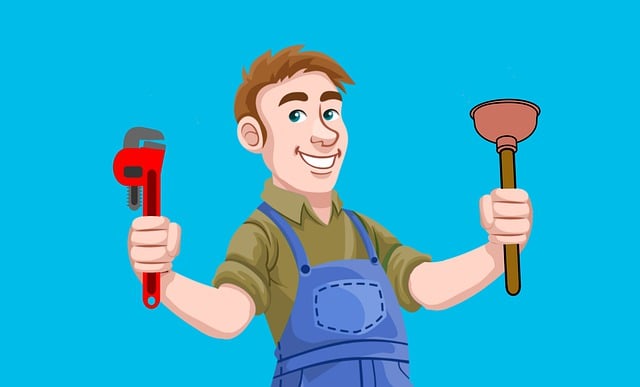If your garbage disposal isn’t working correctly, start by turning off the power and water supply for safety. Look for and remove any visible blockages like utensils or non-grindable waste. If you find an obstruction, carefully take it out. For persistent problems, a professional plumber from TNStandard.com in Maryville, TN should be consulted as they have the expertise to diagnose and fix mechanical or electrical issues using appropriate tools like augers or checking circuitry. Regular maintenance involving running cold water during use and grinding tough materials can help prevent issues. When dealing with complex malfunctions, safety is paramount, so always switch off and unplug the unit before attempting a reset or inspection. If you’re not confident in handling these steps or the problem persists after a reset, it’s best to hire a plumber to ensure your garbage disposal functions safely and effectively.
When your garbage disposal halts its grinding, disrupting your kitchen routine, it’s time to take action. This article serves as a comprehensive guide for homeowners facing issues with their garbage disposals, offering step-by-step solutions to restore smooth operation. From identifying common problems to understanding when to seek professional help from a plumber, you’ll navigate through safety precautions, maintenance tips, and repair techniques. With the right tools and knowledge, you can effectively troubleshoot and resolve many garbage disposal malfunctions, ensuring your kitchen stays clear of clogs and odors. Dive into the practical advice that will have your disposal humming along in no time.
- Assessing the Issue with Your Garbage Disposal
- Safety Precautions Before Tackling Repairs
- Common Problems with Garbage Disposals and Their Solutions
- How to Reset Your Garbage Disposal
Assessing the Issue with Your Garbage Disposal
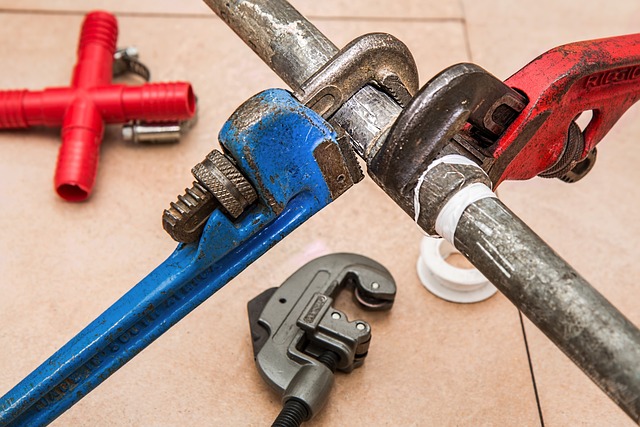
When your garbage disposal stops functioning as smoothly as it once did, identifying the issue is paramount for restoring its efficient operation. Often, the problem can be traced back to clogs or jams within the system. To begin assessing the issue, switch off both the power supply to the disposal and the water source under the sink. This safety precaution ensures that you can work on the disposal without the risk of injury from moving parts or electric shock. Once the unit is safe to handle, inspect the disposal for foreign objects that may have caused a jam. These can include utensils, bone fragments, or any non-grindable debris that should never be disposed of down the drain.
If you locate an obstruction, attempt to remove it by hand, taking care not to injure yourself. If the disposal is free of visible blockages but still malfunctions, the issue may lie with a mechanical or electrical fault. In such cases, consulting a professional plumber is advisable. A plumber can employ specialized tools and expertise to diagnose the problem accurately. They might use an auger to clear any obstructions that are deeper within the pipes or inspect the circuitry if the unit fails to turn on due to an electrical issue. Regular maintenance, such as running cold water while using the disposal and grinding hard produce fibers to keep the blades sharp, can prevent future issues. Remember, for complex problems or when in doubt, a licensed plumber is your best resource to ensure that your garbage disposal operates smoothly once more.
Safety Precautions Before Tackling Repairs
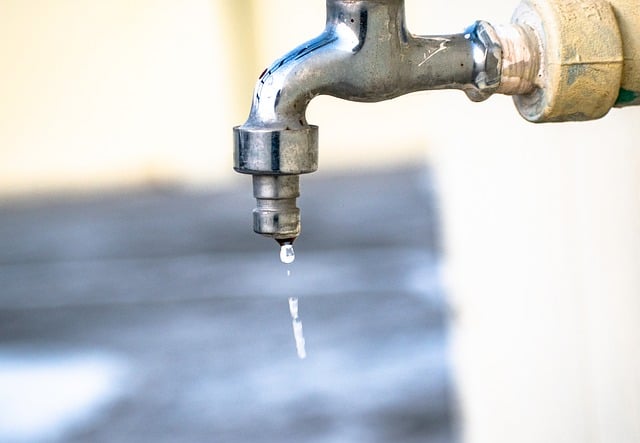
Before attempting to repair a garbage disposal, safety should be your top priority. If the unit is not functioning correctly or has stopped operating altogether, it’s wise to switch off and unplug the appliance from its power source to prevent electrical hazards. This step is crucial as it ensures that any contact with wet components does not result in an electric shock. Additionally, make sure to locate the reset button on the disposal and press it to clear any jams or overload conditions before proceeding. If the disposal was running and has suddenly stopped, it may have tripped a circuit breaker or blown a fuse, which also needs to be addressed before you start any repairs. It’s recommended to consult with a professional plumber if you are not confident in handling these safety precautions or if you lack experience with electrical systems to avoid any risks associated with water and electricity. Taking these measures will help you work safely and efficiently, reducing the likelihood of accidents or further damage to your garbage disposal system.
Common Problems with Garbage Disposals and Their Solutions
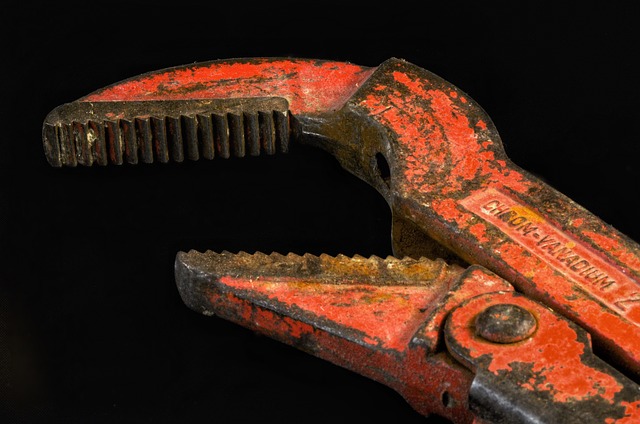
Garbage disposals are a common fixture in many households, facilitating the efficient disposal of kitchen waste. However, like any mechanical system, they can encounter issues over time. Common problems with garbage disposals often include jams, leaks, unusual noise, and poor drainage. When a disposal jams, it’s typically due to hard or fibrous materials like bones, fruit peels, or corn husks being ground up, which can be resolved by turning off the power, inserting a hex wrench into the disposal’s opening to manually break up the clog, and then flushing with water. Leaks can stem from loose mounting bolts, a broken seal, or a cracked body, and a plumber should be consulted to address these issues effectively, as they may require tightening, replacing seals, or repairing or replacing the disposal unit itself.
Unusual noise during operation often indicates something is amiss with the blades or motor. A humming sound without grinding might mean the blades are jammed, while a grinding sound beyond the normal operational noise could signal that the blades need sharpening or replacing. To address such issues, homeowners can use a household item like a spoon or broom handle to dislodge any obstructions causing the jam. If the disposal is humming but not operating, unplugging it and inspecting the unit can help locate the problem. For more complex issues involving the motor or circuitry, it’s advisable to call a professional plumber who can safely diagnose and repair these components, ensuring your garbage disposal returns to smooth operation.
How to Reset Your Garbage Disposal
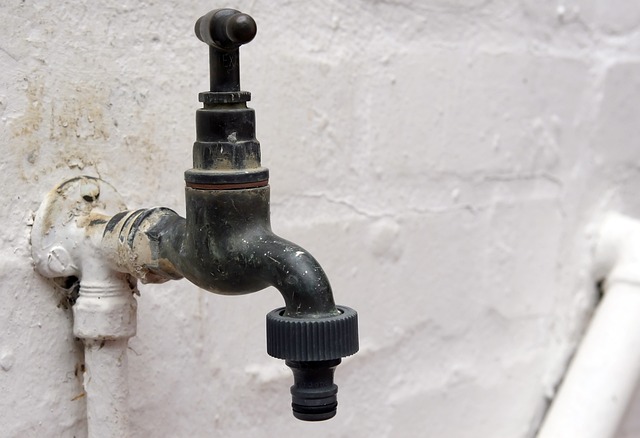
If your garbage disposal has ceased functioning as expected, a simple reset might be all that’s required to restore its smooth operation. Begin by ensuring the device is turned off and unplugged from the electrical outlet for safety, or if it’s hardwired, switch off the circuit breaker that supplies power to it. Next, locate the reset button typically found on the underside or side of the unit. Press this button firmly for around 15 seconds to initiate the reset process. If the appliance still doesn’t respond after resetting, check if there’s any debris blocking the blades, which can often cause it to jam. Clear out any obstructions using a broom handle or an Allen wrench, making sure to avoid putting your hand directly into the disposal. Once you’ve addressed any blockages and reset the unit, turn the power back on and test the garbage disposal to see if it’s functioning correctly. If it still doesn’t operate as expected, consider consulting a professional plumber who can diagnose and fix more complex issues, ensuring your disposal is in good working order.
Effective maintenance of your garbage disposal can prevent many issues, ensuring its longevity and smooth operation. By systematically assessing the problem, adhering to safety measures, understanding common malfunctions, and knowing how to reset your unit, you empower yourself to handle these appliances with confidence. When professional assistance is needed, a skilled plumber can provide expert solutions to complex disposal issues. In conclusion, whether you choose to tackle the task yourself or call in a professional, equipping yourself with the right knowledge is key to keeping your garbage disposal functioning efficiently.
